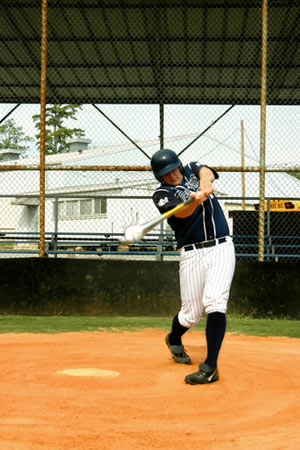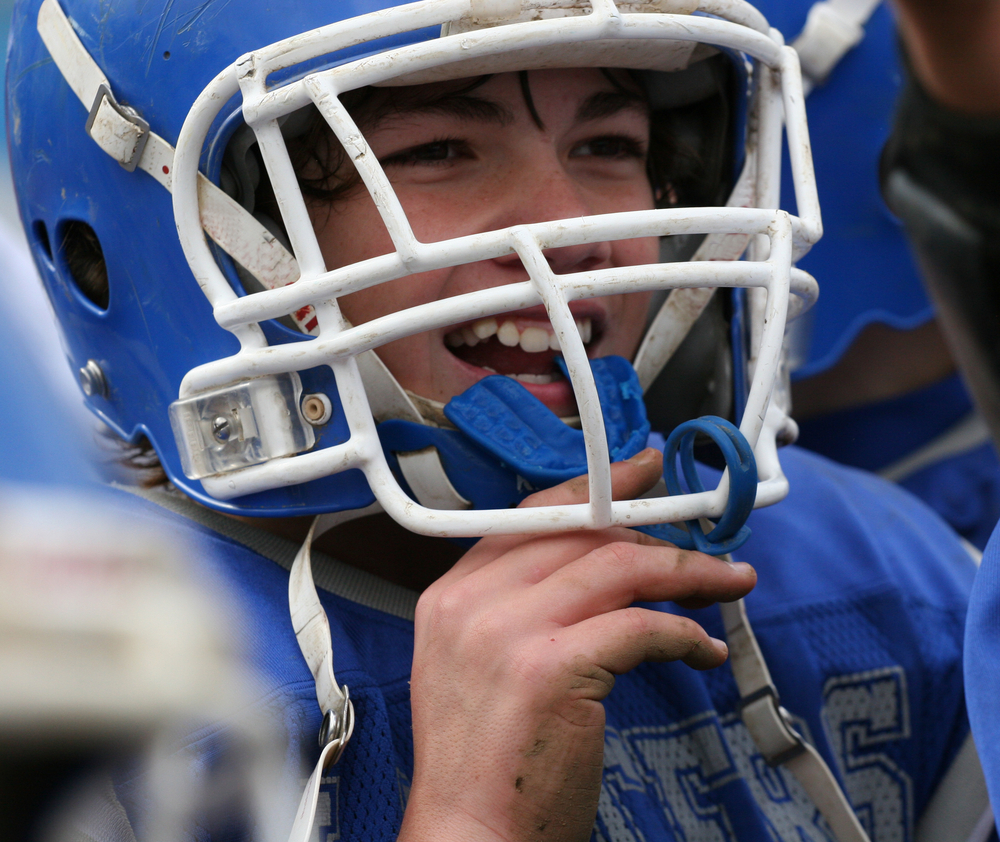Keep Your Eyes (And Your Head) On The Ball
By Dan Peterson, TeamSnap's Sports Science Expert
At just about any Little League baseball game, you’re likely to hear the timeless advice given to young batters, “Keep your eye on the ball.” Not literally, of course, but the hope is that by seeing the pitch throughout its flight to the plate, a batter can identify certain characteristics like the spin, the trajectory and the speed. Even at 10-year-old velocities, the ball may arrive at the plate in less than a second, so every tiny hint picked up along the way can help make contact. But research from Ohio State vision scientists shows that skilled baseball players use not only their eyes but also their heads to track pitches.
In fact, it is believed to be physically impossible to visually follow a 90+mph fastball from the pitcher’s hand to when it crosses the plate. Similar to watching a train approaching from the distance, the angular velocity increases greatly as an object gets closer to us. Off in the distance, we can see the train, or a pitch, coming at us but as it gets closer to 90 degrees with our position, it’s perceived speed jumps up quickly.
“Players are really good (at following the ball) up to about 8 to 10 feet, and (their gaze is) within one to two degrees of the ball,” said Professor Aaron B., Zimmerman, OD, MS, of The Ohio State University College of Optometry. “As it gets to 4 feet, the gaze error is about 15 degrees behind the ball. When the ball crosses home plate, the batter is 60 degrees behind.”
Zimmerman and his OSU colleague Nicklaus F. Fogt, OD, PhD designed an experiment to test and observe 15 D1 college baseball players in the batter’s box. With a pitching machine firing tennis balls at speeds up to 90mph, the players were asked to assume a normal batting stance but instead of hitting the balls, they were to try to identify different colors and numbers on the balls.
As ophthalmologists, Zimmerman and Fogt know that it’s easier for the eyes and brain to follow a moving object if we move our heads while keeping our eyes fixed on the target.
“If you can get people to turn their head with the ball, that seems to be what you really want for a couple reasons,” said Fogt. “First, the head can turn pretty fast; second, hand-eye coordination is better when eye rotation is minimized.”
And that’s exactly what they found with the college ballplayers. They used slight head movements as the ball approached the plate.
"Division I college baseline players applied a strategy in which the eye was moved very little with any correctional eye movements until late in the pitch trajectory while the head was aimed at the ball," wrote the researchers. “On average, eye gaze position matched the target position well throughout the trajectory.”
The full results were published in Optometry and Vision Science. There is also a video with Dr. Fogt explaining the experiment and the results.
This latest finding is part of a larger research effort to understand how athletes track moving objects across all sports and if formal vision training could actually help novices become experts.
"By better identifying the physiologic capabilities and gaze behaviors of baseball players, it may become possible to develop more precise vision training strategies for players of all calibers,” concluded Dr. Zimmerman.
NEW! Free Sports Organization Resources
All of TeamSnap's ebooks, articles, and stories in one place. Access Now
Similar Articles:

Vision Training Results in Better Baseball Batters
By Dan Peterson, TeamSnap's Sports Science Expert …
Read More

Teaching Youth Football Coaches About Player Safety Reduces Injuries
By Dan Peterson, TeamSnap's Sports Science Expert …
Read More

World Cup 2014: The Diminishing Returns of Talent
By Dan Peterson, TeamSnap's Sports Science Expert …
Read More
